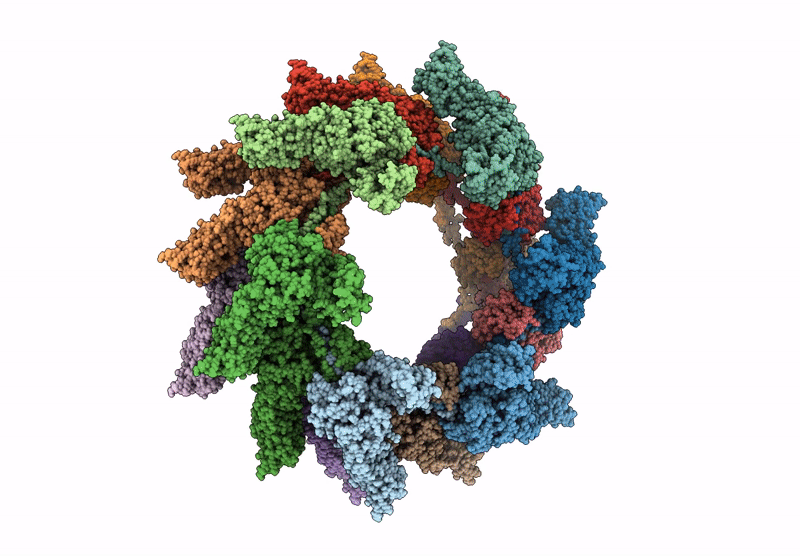
Deposition Date
2024-07-29
Release Date
2025-04-09
Last Version Date
2025-04-09
Method Details:
Experimental Method:
Resolution:
4.11 Å
Aggregation State:
PARTICLE
Reconstruction Method:
SINGLE PARTICLE


